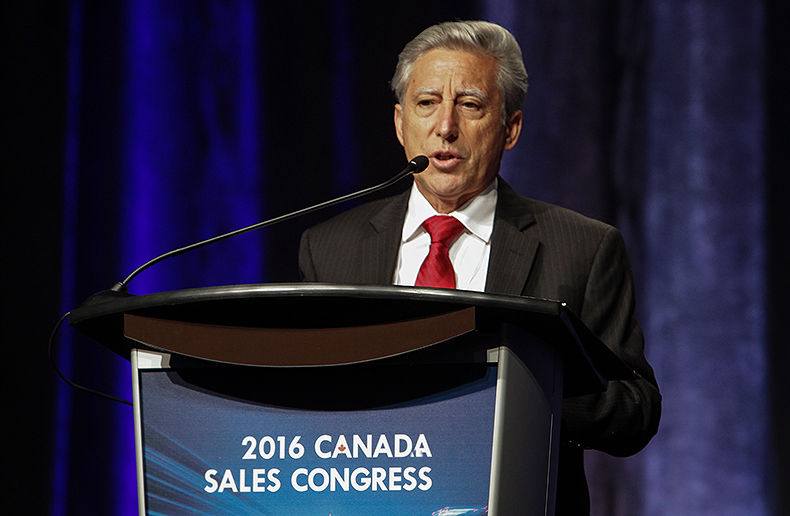AGA Benefit Solutions has a new majority shareholder
By
Alain Thériault
|
March 5, 2024, 10:49 a.m.

Martin Papillon
An American private equity firm takes the lead.
This article is reserved to PRO Level subscribers
Discover the PRO Level
Already subscribed? Sign in >
Advertisement
The most popular in Life Insurance
Make your business shine with Visibility360!
Get a PDF version to share in your networks.
I'm interestedHeadlines
Advertisement
Related topics …
















